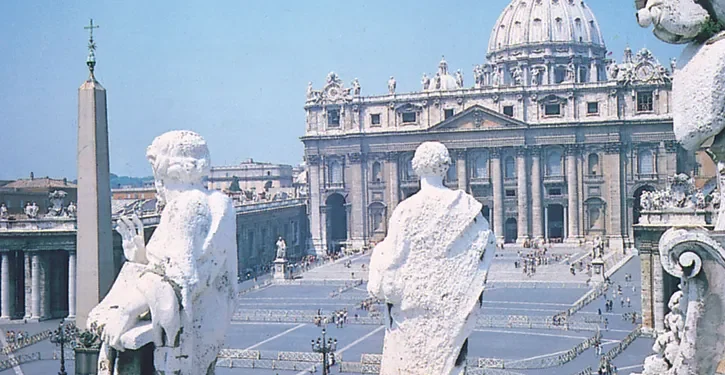Vatican City, the world’s smallest independent state, became a sovereign entity on February 11, 1929, by signing the Lateran Treaty. This historic accord was a pivotal moment in the long and complex relationship between the Papacy and the Kingdom of Italy.
The roots of Vatican City’s sovereignty trace back to the unification of Italy in the 19th century. Before unification, the Pope governed extensive territories known as the Papal States, which included Rome. However, during the unification process, these territories were gradually annexed by the Kingdom of Italy. In 1870, Rome itself was captured, and the Papal States ceased to exist. This led to the so-called “Roman Question,” a dispute over the temporal power of the Popes and their independence from Italian political authority.
For nearly 60 years, successive Popes considered themselves “prisoners in the Vatican,” refusing to leave the Vatican compound or acknowledge the legitimacy of the Italian state. During this period, the Popes operated in self-imposed confinement, declining to recognize the Italian government’s authority over Rome.
The impasse was finally resolved with the Lateran Treaty, signed by Pietro Gasparri, representing Pope Pius XI, and Benito Mussolini, the Italian Prime Minister. This treaty had three main components: establishing Vatican City as a sovereign state, recognising the Pope’s independence and sovereignty, and settling financial claims. Specifically, the treaty established Vatican City as an independent state encompassing approximately 44 hectares (110 acres) within Rome. It granted the Pope full sovereignty over this territory, ensuring his ability to govern without interference from the Italian government.
In addition to territorial sovereignty, the treaty included a concordat, which outlined the relationship between the Catholic Church and the Italian state. This included provisions on the Church’s privileges and role within Italian society, recognizing Catholicism as Italy’s state religion (a status that was later revised).
The Lateran Treaty also included a financial agreement, whereby Italy compensated the Holy See for the loss of the Papal States. This compensation helped to secure the financial stability of the newly established Vatican City.
The establishment of Vatican City as a sovereign state marked a significant moment in modern history. It not only resolved a longstanding conflict between the Papacy and Italy but also ensured the independence of the spiritual leadership of over a billion Catholics worldwide. Vatican City remains a unique entity, serving as the spiritual and administrative centre of the Roman Catholic Church, and stands as a testament to the resolution of complex historical disputes through diplomatic means.
newshub











Recent Comments